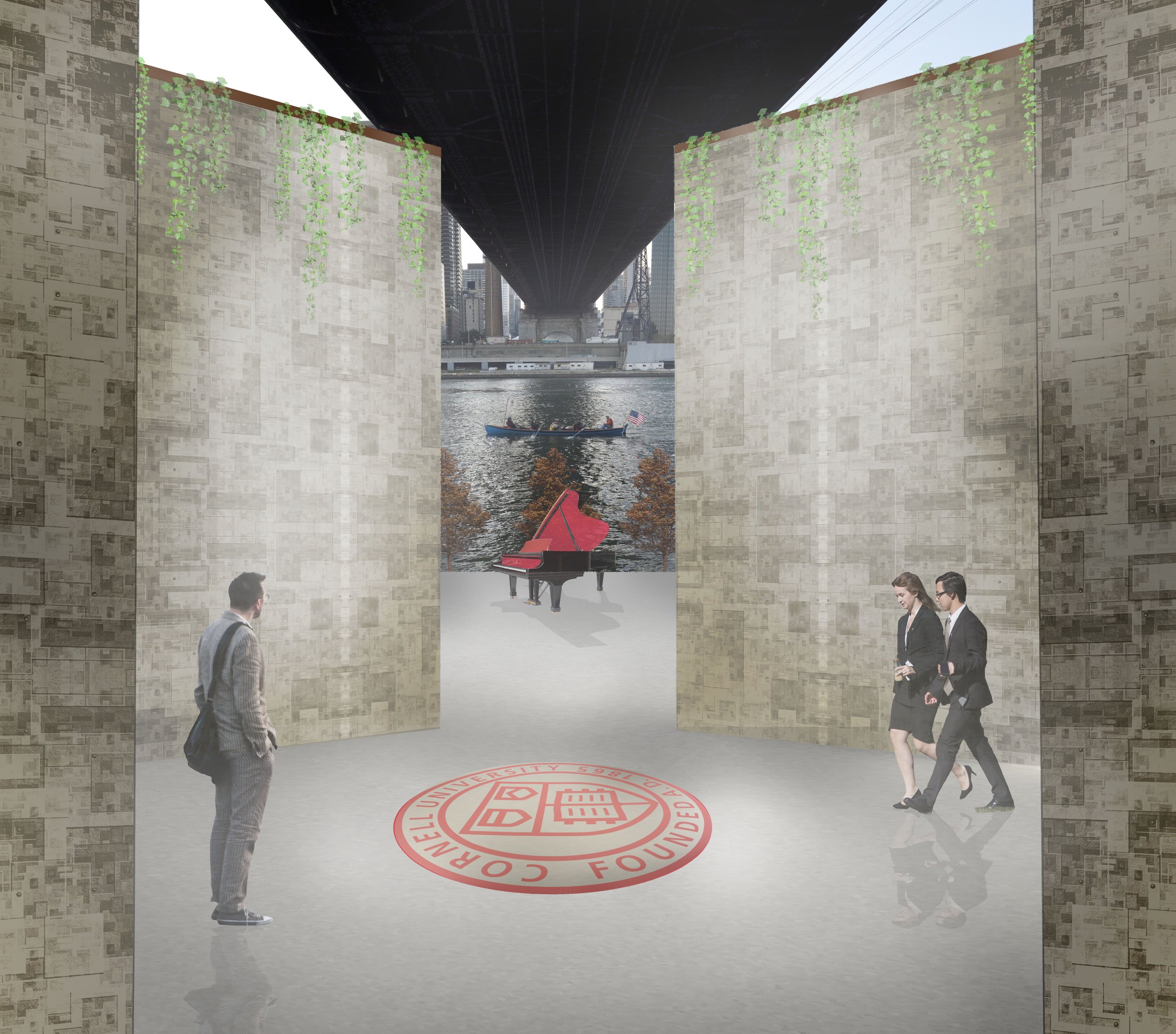HOSPITALITY & STORY-TELLING
Growing up in Tijuana and San Diego, I was surrounded by hotels. Both cities were built by migrants – some passing by, other settling-in. Whenever we visited a local hotel, I’d ask my mom to go wander the hallways and check out every floor. She would either join me, or caution me to be safe on my own. Imagine how excited I was to visit Las Vegas for the first time – a city of hotels! I won’t even mention my obsession with Kubrick’s “The Shining.” Well, guess I just did.
While in college, I took hospitality classes and worked at the local hotel as a banquet server for four years. All I was missing was a tattoo of a hotel on my arm. But instead of a tattoo, I got a job at a top hospitality firm right after college, where I created design for lobbies, guestrooms, and all imaginable amenities. Years later, I even managed the design and construction of a hotel project of my own. By the time I turned 27 years old, I’d spent my entire young adulthood alternating through academic, operational, and design roles in the hospitality industry. Having explored all conventional options, I summarized that what I love most about hotels is not the way they are managed or constructed, but their ability to become storytelling machines.
Riviera Maya Hotel
As a project manager of The Kanai EDITION Hotel in the Mexican Riviera Maya, I led a team of 10 employees and more than 30 consultants through the design and construction of a 180-key full-service luxury resort from initial concept kick-off to construction phase. Communicated in English and Spanish with clients and brand operators on daily basis, making sure their vision was understood and their needs were attended to in a timely manner and negotiated contract fees with subcontractors for production of renders and drawing documentation. More details coming soon.
hotel of memory
This thesis challenges architecture to learn from spatial memory and navigatory relationships to design with more careful, corporeal considerations. The hotel operates as a testing field for memory since guests often get a limited time to become familiar with their environments, pressuring design to offer an experience that will remain in the user’s mind long-term. Through the graphic abstraction of architectural informational present in the Queensboro Bridge and Statler Hotel, this embodied hotel design engages guests with the site through experiential, both physical and mental, cues. More details coming soon.
hospitality design
One of my dear projects in hospitality is the “Hotel Ezra Cornell,” or HEC - a student organization which operates the hotel for a weekend, hosting conferences, dinners, and alumni networking events. This was an opportunity to experiment with reversing the properties of objects that traditionally make a dinning experience. Instead of having floral arrangements on the tables, invert them by having them descend from the ceiling and stop right before reaching the guests. More details coming soon.



